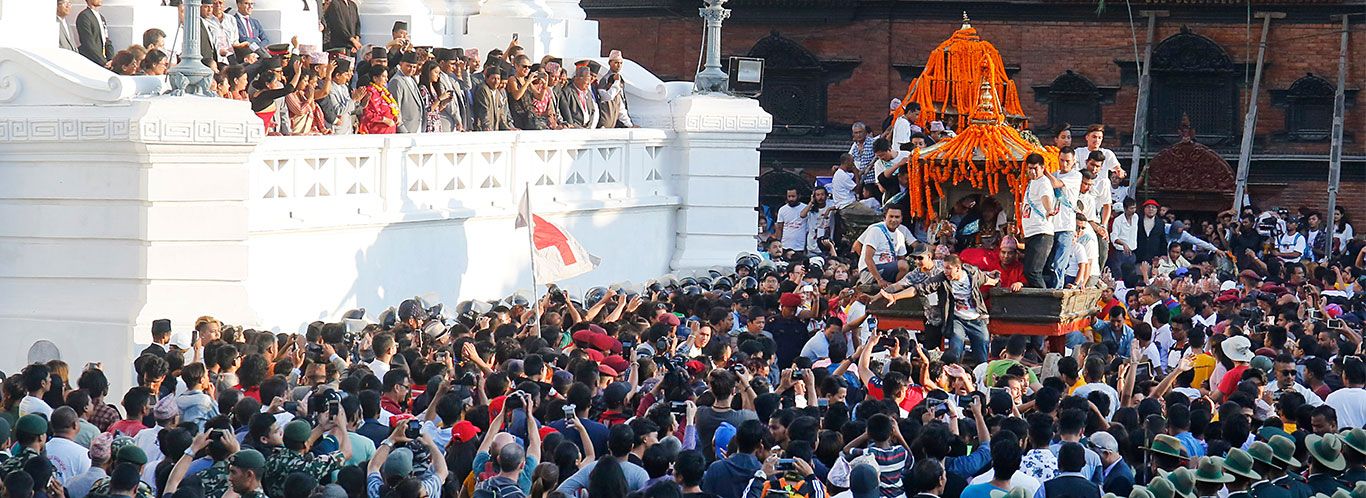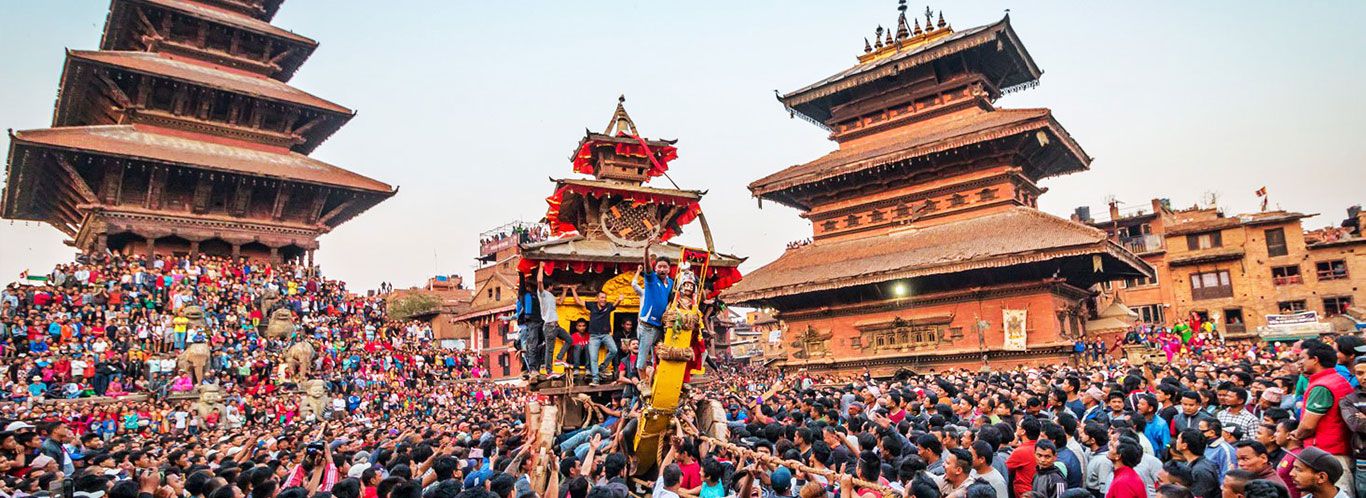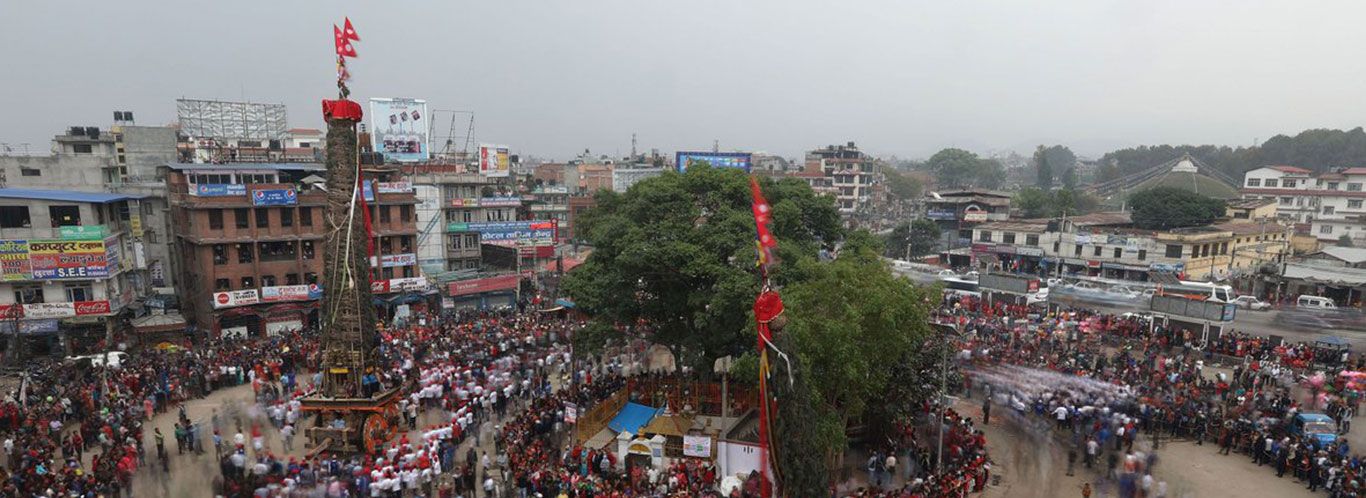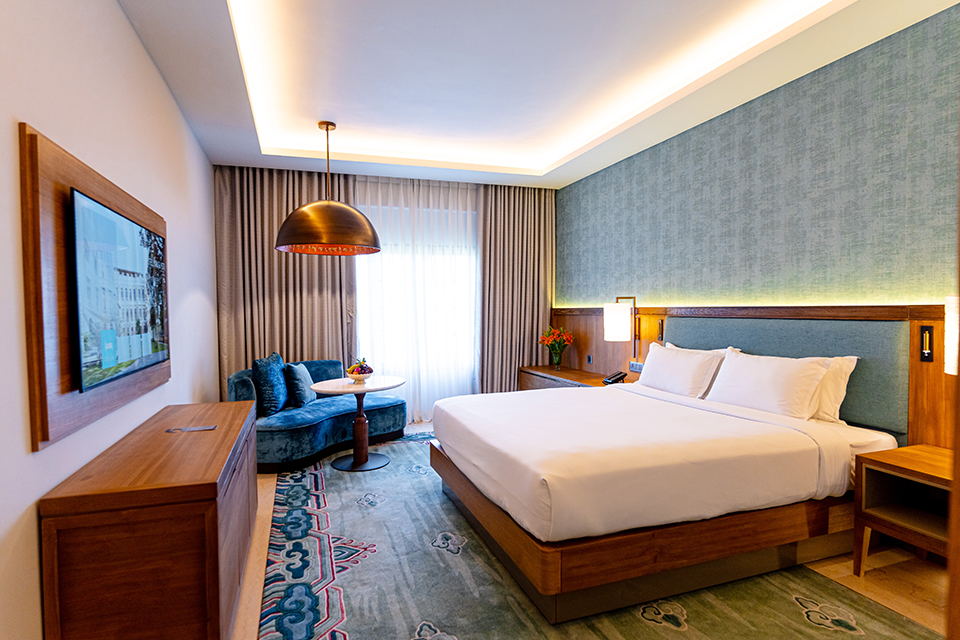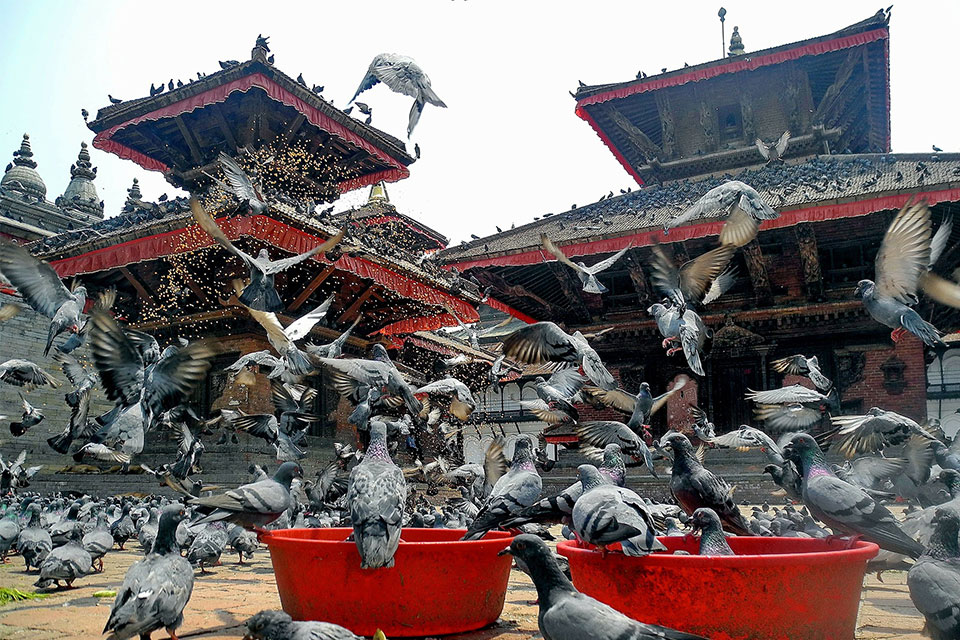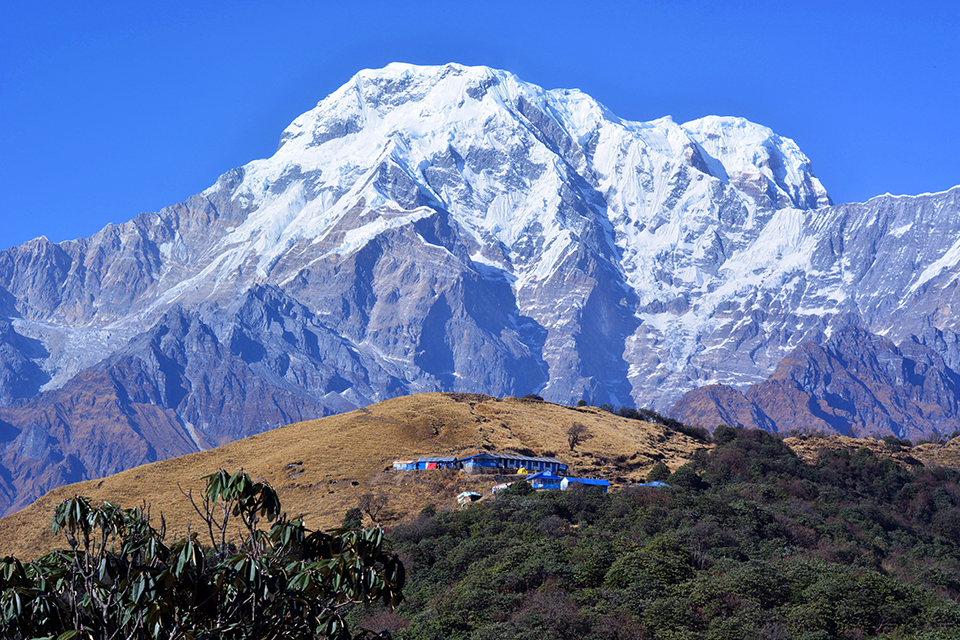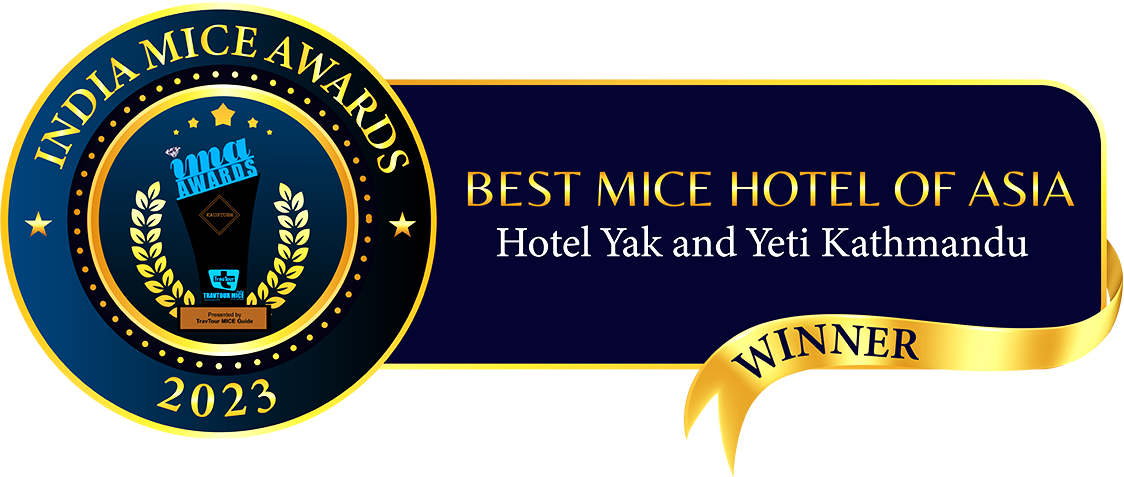Top 3 festivals in Kathmandu valley
Indra Jatra
Indra Jatra is the biggest religious street festivals in Kathmandu, Nepal. Indra Jatra is commonly known as Yenyā in Nepal Bhasa where Ye means "Kathmandu" and Ya means "celebration", together it means "Celebration inside Kathmandu". Indra Jatra and Kumari Jatra are the two main events of this festival. In Indra Jatra, there are masked dances of deities and demons, displays of sacred images and tableaus in honour of deity Indra, the king of heaven. In Kumari Jatra, there is chariot procession of the living goddess Kumari. The celebrations last for eight days from the 12th day of the bright fortnight to the 4th day of the dark fortnight of Yala, the eleventh month in the lunar Nepal Era calendar.
Though this festival is celebrated throughout the Kathmandu, the main venue for the event is Kathmandu Durbar Square.
The origin of the festival goes back to the 10th century. King Gunamkamadev started Indra Jatra to commemorate the founding of the Kathmandu city. Another event of the festival, Kumari Jatra became part of the festivals in the mid-18th century. According to historians, it was stared in 1756 AD during the reign of Jaya Prakash Malla.
If you want to take part in religious festivals in Nepal, this is the one that you shouldn't miss.
Bisket Jatra
Bisket Jatra is one of the major festivals celebrated in Bhaktapur. The festival is celebrated at the start of the new year on the Bikram Sambat calendar, however, the festival itself is not related to the Bikram Sambat. Though it is celebrated throughout Bhaktapur, the main venue for the event are Bhaktapur Durbar Square and Thimi Balkumari. Hundreds of people pull a chariot carrying a statue of the God Bhairava to the Kholle tole. The chariot itself is assembled near the Nyatapola temple (commonly known as the Five Stair Temple).
The main event in the festival held at Bhaktpur Durbar Square is the tug-of-war between the Thane (upper) and Kone (lower) part of town while Balkumari Thimi hosts a colour festival (Sindhur Jatra). People celebrate and share greetings, throwing simrik colour powder and playing Dhimay music. One notable event happens in Bode, an ancient Newari city lying at the east corner of Kathmandu Valley. Bode witnesses a tongue-piercing ceremony. One resident spends the whole day with an iron spike piercing his tongue and roams the city by carrying multiple fiery torches on his shoulder. Juju Bhai Shrestha is the most renowned tongue piercer in the town.
Rato Machindranath Jatra
Rato Macchindranath Jatra, also known as Buṅga Dyaḥ Jātrā in Nepal Bhasa, is a chariot procession honouring the Buddhist deity of compassion Avalokitesvara held in Lalitpur, Nepal. It is one of the greatest religious events in the city and the longest chariot festival celebrated in the country. Rato Macchindranath is revered as the giver of rain. The word Rato means colour red in a reference to the colour of the deity's image. It begins on the 4th day of the bright fortnight of Bachhala, the seventh month in the lunar Nepal Sambat calendar. It was started by King Narendra Dev who reigned during 640-638 AD.
The route of the chariot procession starts at Pulchok and passes through Gabahal, Mangal Bazar, Hakha, Sundhara, Chakrabahil, Lagankhel and ends at Jawalakhel. The festivities conclude with the ceremony of Bhoto Jatra, the display of the Bhoto, a traditional Nepalese vest.
Website by: Curves n' Colors
